The author is grateful for the support and assistance of Liz Jefferson, David Pressault, Elisabeth Poms, KD Farris, Stephen Aizenstat, Becca Tarnas, Alexis Durgee, Marie-Elsa Bragg, Vanessa Scott, Hanson Shisler, Marigrace Lonergan Gleason and Sam Gleason, Laura Ferguson and Darcy Riddell.
Introduction
Carl Gustav Jung (18751961) was a Swiss psychiatrist and medical doctor. The founder of Analytical Psychology, he is considered one of the intellectual giants of the twentieth century. He was a bestselling author throughout his life and had an enormous influence on Western culture.
His psychology focuses on our inner experience and posits the existence of an unconscious out of which our conscious awareness arises. We experience that unconscious in dreams and other ways, and recognizing it provides a method for better understanding ourselves and others. Jung had been Freuds heir apparent, and while Freud had emphasized the role of sexuality in the unconscious, Jung observed an even more powerful drive in us the search for meaning. In general, Jungian psychology can be understood as an inquiry into the relationship between consciousness and the unconscious. This method, as practised individually, in analysis and elsewhere, is a dialogue that continues for thousands of people to this day.
This book explores the work of Carl Gustav Jung (referred to as C.G. or Jung), and the living tradition that is Jungian psychology today. It is carried forward by analysts and their analysands, psychotherapists and their patients, and by artists, filmmakers, writers, dancers, business people and others.
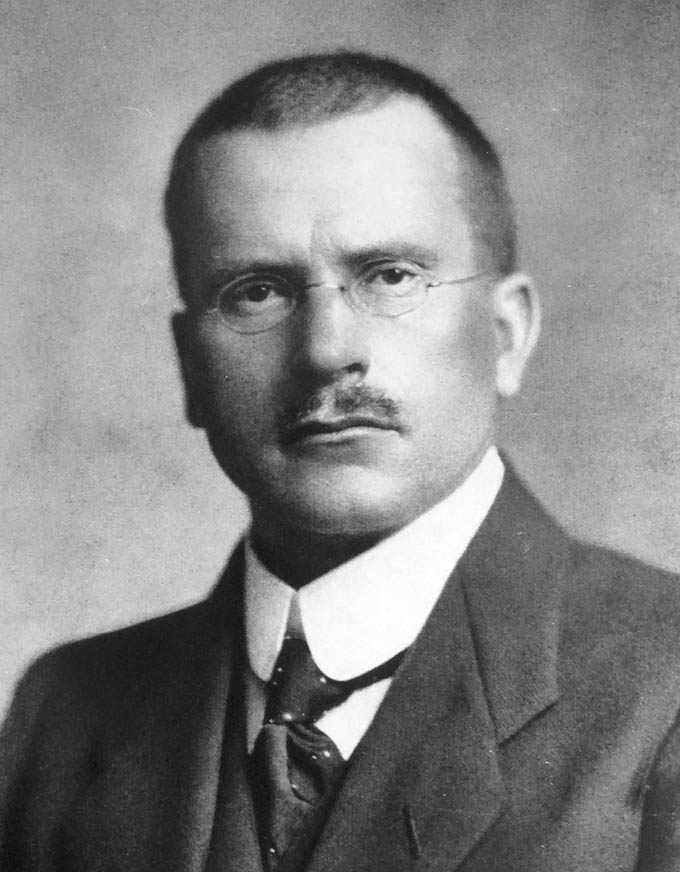
The ideas of Swiss psychiatrist Carl Gustav Jung (18751961) have been hugely influential.
Jungs approach is about and for the average person; it is a psychology of our everyday lives and every nights dreams. Likewise, this book is intended as a beginners guidebook. We will explore Jungs primary concepts, focusing on how theyre useful, where we can see them in our cultures and why theyre relevant today. Where can we see those ideas living around us?
Today, the international Jungian community is an organically growing worldwide phenomenon. Unexpected outgrowths of interest have popped up outside the English-speaking world. You may not be aware that Jung and Freud are very popular across South America; both are taught in college and analysis is commonly undertaken. In Asia, China recently hosted a conference attended by three thousand people, and Korea has a Jung Institute of its own. Perhaps most remarkably, Jungs work bloomed anew in the creative expression of the popular K-pop band BTS. Their album Map of the Soul: Persona was based on a book by the Jungian analyst Murray Stein and it explores their own struggles of identity. Their album was such a chart-topper that it drove Steins book back onto the bestseller list.
_(cropped).jpg)
The K-pop band BTS released an album based on the work of a Jungian analyst.
That Jungs psychology continues to gain followings in new cultures may be explained by the fact that his primary interest was the universal nature of the psyche.
Jung read ancient Greek and Latin and also spoke German, French and English, among other languages. For a trip to Africa, he taught himself Swahili (and was rewarded with tremendous conversations with tribesmen and shamans about their dreams). He was an open-minded scholar and a person of genuine curiosity. He collected ancient books and medieval alchemical manuscripts. But perhaps what is most remarkable about him is how seriously he took the inner life as a practice.
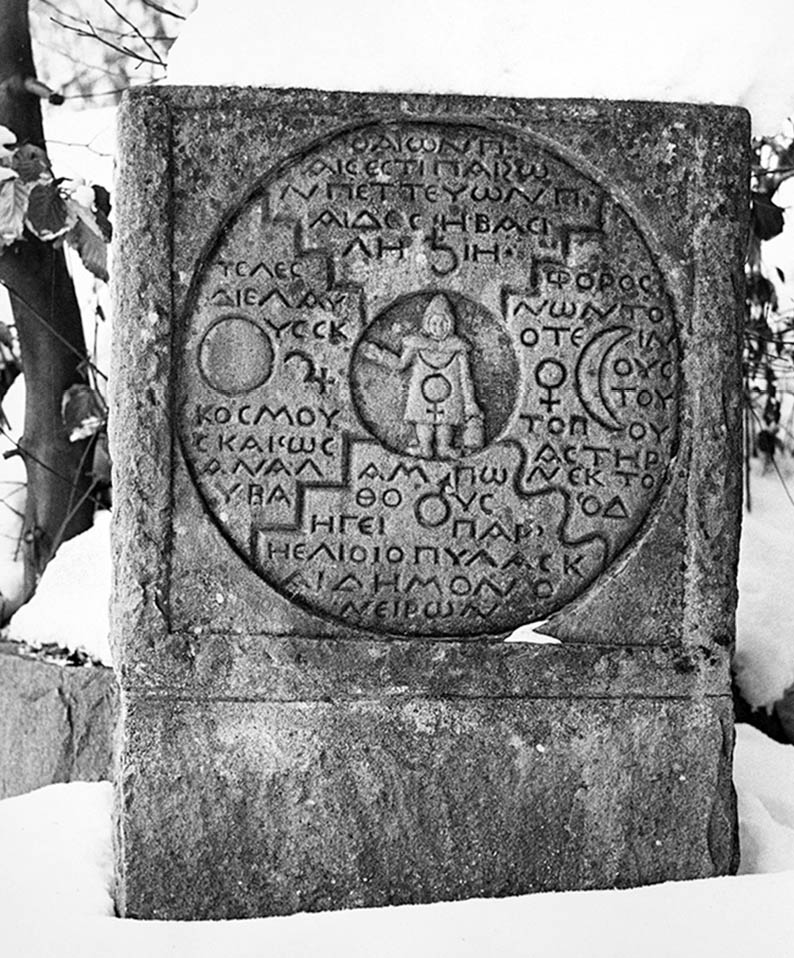
A mandala carved by Jung at Bollingen Tower, a structure he began building after the death of his mother.
Jung saw inner health as requiring a practice of inner work or dialogue. Early on he began to draw mandalas as a daily form of healing practice. He discovered that using his hands allowed a greater depth of the unconscious to emerge. Crafting images from dreams and visions into paint and wood became for him a form of relationship-building with the unconscious. When he took those voices more seriously, they burst forth, in the period he dubbed Confrontation with the Unconscious. The images of The Red Book: Liber Novus depict quite exactly what this experience was like for Jung. Seeing his artwork up close, one is struck by his dedication to the inner world. Art historian Jill Mellick observed that, throughout it all, he gave primacy to the process, and he valued direct inner experience.
His was a psychology of inner experience, and it led him first to find out something quite uncomfortable he had to accept that he was not the master of his own house. He believed our primary awareness to be the central voice in an inner ecosystem of unknown living depth. He likened the unconscious to a stormy sea out of which consciousness emerges. Living there were complexes; centres of energy would sometimes split off from conscious awareness and threaten to pull us into them. He saw evidence of these complexes in observations such as the delay times in response to certain words and compulsions, and instances of I dont know what came over me. We sail out into these waters in Chapter 1.
Taking the inner life seriously means listening to more than the egos voice, and especially including those voices wed rather not hear. Chief among these is the Shadow the part of us that we least accept, our inner opposite. Most often this is our bestial self, our least civilized face. The Strange Case of Dr Jekyll and Mr Hyde is a classic literary example of this division within us. Our connection to it is experienced as inner conflict, and may remain uncomfortable throughout our lives. It is also, however, a source of energy that can vitalize us. Well describe how to approach the Shadow in Chapter 2.
How are we best to navigate the dark terrain that is the unconscious? To interpret dreams? To relate to our inner world and the attitude that we should take towards it? How are we best to free ourselves from the terror of our bad dreams? Inner work, dream interpretation and its applications are the subject of Chapter 3.
Jung saw growth into greater expansion and clarity as built into our DNA. At the centre of the psyches activity was what he called the Self. This is symbolized by centred images of a circle, square or mandala, expressing our inherent drive towards healing and homeostasis. Chapter 4 explores the self-regulating system driving each of us in the search for wholeness.
Jung permeates the culture of the twentieth and twenty-first centuries. So much of the psychological language that we use today comes from him. The way we talk about dreams, archetypes and symbols is because of his work. He coined the terms complex, extravert, introvert, collective unconscious and synchronicity. Chapter 5 looks at his work on Psychological Types, which gave us the pairs that became the Myers-Briggs Type Indicator, one of the mostly widely used personality systems in the world.
One of the most profound concepts realized by Jung about the unconscious was the prevalence of patterns that were seemingly not personal. His patients dreamt of strange images that he had seen only in alchemical texts. Living before the age of television and the Internet, Jung could be certain that his patients had never seen them before. Soon he discovered that there were universal strata of archetypal patterns shared by all human cultures. In Chapter 6, we look at archetypes and the collective unconscious one of the defining discoveries of Jungian psychology.
Next page
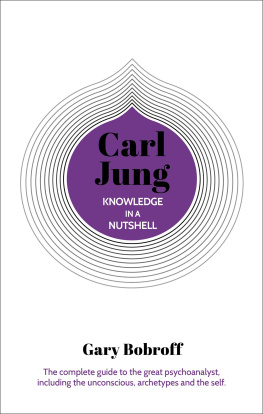
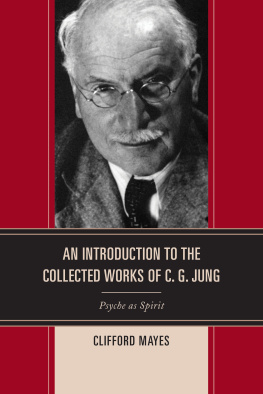
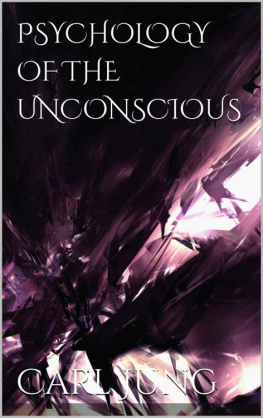
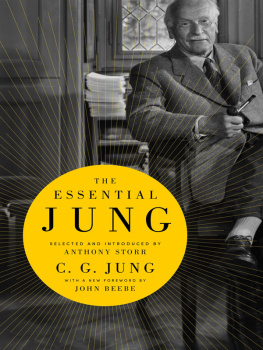


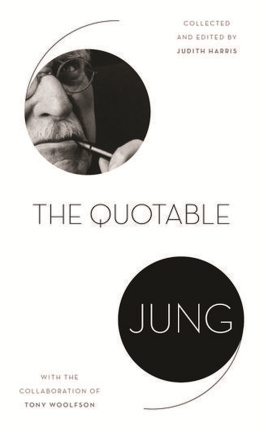
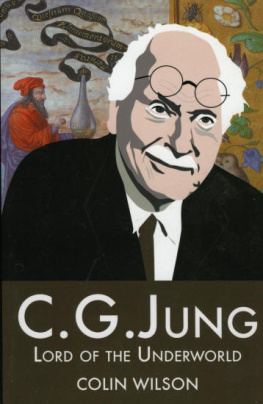
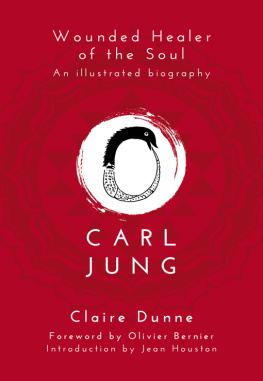

_(cropped).jpg)
